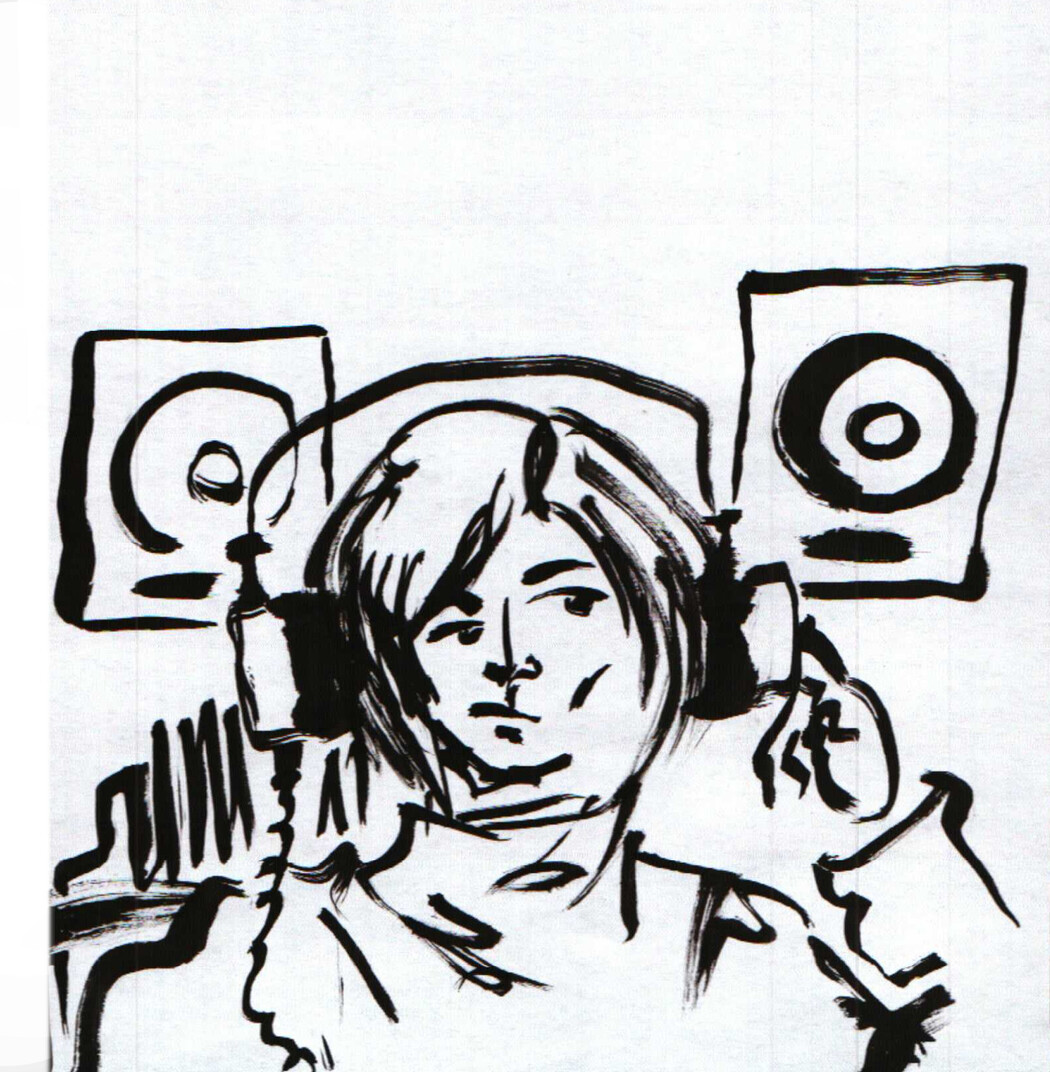Nicholas D. Todd
Your artistic journey started early with a Pokémon fan art publication at 12 years old. What motivated you to pursue art from such a young age?
I always wanted to be an illustrator since I was four or five years old, having grown up watching so many hand-drawn cartoons such as Looney Tunes and Inspector Gadget, before being influenced by whatever anime you got on a Saturday morning here in Australia, such as Pokémon, Digimon, and Dragon Ball. At the time, wanting to draw felt easier for me because, when starting out, I did struggle to draw in the same manner as any comics you’d read in the West. Manga and anime offered a chance to draw more loosely, as proportions weren’t as restricted.
What were the biggest lessons you learned during your studies at the Adelaide College of the Arts?
The only real lesson I could have taken from my studies then was how to experiment with mediums. To be perfectly honest, I struggled with many drawing classes during my degree because we were learning how to draw rather than just drawing. I hated using charcoal and was always picked on for not getting scaling right, as I struggled with working on A1-sized paper, having worked with A4 most of my life (these days, I work on both A4 and A5-sized paper). Eventually, I got to a point of avoiding traditional drawing materials altogether and focused on wet media such as inks, paints, and sometimes dishwashing liquid. Experimenting with wet media was a more forgiving process during my studies, as it taught me it was alright to work directly.
 Nick Todd | Headphones | 2022
Nick Todd | Headphones | 2022
You transitioned from digital design to calligraphy and Japanese Sumi-e painting. What drew you to this traditional medium?
I was drawn to it through a calligraphy group held by the Japanese Australian Friendship Association (JAFA) in my hometown, which met twice a month to practice. It was something I did to pass the time until I got accepted into TAFE again (what we call vocational college) after dropping out the first time because I didn’t like the idea of going to a dark classroom to learn something I had already learned in high school. When I did get accepted into the Adelaide College of the Arts in 2013, I went on a five-year hiatus before coming back in late 2018, where I’ve been ever since as a form of therapy for myself, drawing on the side as I keep up my Japanese skills.
How has the practice of Sumi-e ink painting influenced your broader artistic style and perspective?
Sumi-e, as a technique, has been more forgiving in how I approach illustration. Practicing with kanji has been helpful; when learning to write, we are taught about the stroke order, which is important as you have to learn about the spacing of the individual strokes that build up a word. It’s the same with drawing in the Sumi-e style—you get a feeling of flow and balance.
 Nick Todd | Deepwali | 2021
Nick Todd | Deepwali | 2021
Many of your works focus on simple yet bold strokes. What inspires the themes and forms in your illustrations?
I’d admit a lot of what I draw comes directly from my head. A single stroke might make me think of a nose or the fringe of someone’s hair, so I would base the character around how thick a stroke is, which also inspires their body language. They tend to be a type of knee-jerk reaction in my head. If I’m talking to people about something or reminiscing on something, like a time I went to a pachinko arcade in Kanazawa, I might be inspired. Sometimes, I’m inspired by scenes from movies and TV, having grown up watching a lot of it and being part of the film industry as an extra (Mortal Kombat 2021, The Royal Hotel). For example, “Straw Hat in the Rain” is reminiscent of any film by Akira Kurosawa or Hayao Miyazaki, where there’s a lot of rain.
How did the 2020 pandemic impact your artistic process, and what was it like working with FOREVER ELVIS magazine in Tokyo?
Not a great deal. Sure, we had lockdowns here, but unlike the rest of Australia, which was cooped up for eighteen months, my hometown, Adelaide, was able to go outside again a lot quicker because we followed the restriction guidelines and shut down early enough to curb cases. We were able to go back to art galleries and return to normal(ish) after only three months and could rejoin my calligraphy club with some juggling involved. Working for FOREVER ELVIS has been, and still is, a very open experience, as I had been friends with its publisher for almost twenty years beforehand. He was more than happy to publish illustrations for him once they got to him. My first picture was posted in July in time for his birthday that year but didn’t get there until October due to the pandemic. However, with restrictions lifted over the years, it became much easier to submit images, like ones from Blue Hawaii and Speedway, on a biannual basis.
 Nick Todd | Country path | 2019
Nick Todd | Country path | 2019
As a self-taught artist in calligraphy and Sumi-e painting, what advice would you give to aspiring artists looking to explore new mediums?
In terms of calligraphy, whether it’s Chinese or Japanese, don’t be afraid to try writing any character you come across in everyday life, as it’s great practice for spacing and control. For those interested in Sumi-e, just have faith in the strokes you make and let them be your guide.


Leave a Reply
You must be logged in to post a comment.